Interviews
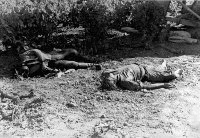 | At A Distance It Was Just A Casualty.Crete 1941As a Corporal of C Company, 22 Battalion, Ken F left New Zealand with the Second echelon on 2 May 1940. As the plans of Operation Sea lion were decoded, the Second Echelon was diverted from the Red Sea to bolster Great Britains Defences. After the ill-fated defence of Greece, Ken’s third encounter with German forces would bring his first real taste of combat. Through the flames and the fury brought fourth by the German Luftwaffe, Ken was forced to face the cruel realities of warfare. |
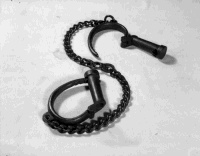 | Barb-Wire HappyFrom Cairo to ColditzOn the 12 of Sep 1941 Orm Poppleton left New Zealand as part of the 7th Reinforcements. On reaching Egypt, Orm was detailed to 22 Battalion, 5th Brigade, 2NZEF. After escaping capture at Minqar Qaim, Regimetal Number: 47879 was taken Prisoner by the Germans at Ruweisat Ridge on the 17 of July 1942. For the next 35 months Orm would move from camps through out the Riech. Determined to keep into trouble, escape was always on the mind. The first leading him to Titos men, the last time to Freedom. |
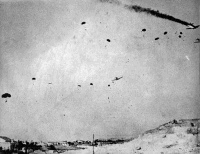 | High Noon - Mediterranean Stand Off.Crete 1941Tony Madden was only twenty when war broke out. In order to get around The New Zealand governments policy of not allowing men to go overseas until they were twenty-one, Tony lied about his age to be accepted into camp. In camp Tony joined the Army Service Corps (ASC) as a truck driver. The training facilities in New Zealand were nowhere near adequate. |
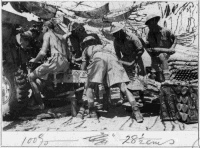 | It's Not Always EasyA Gunners Journey.Charlie Reed was a territorial soldier prior to the outbreak of the Second World War. With the German invasion of Poland Charlie signed on with the 2nd New Zealand Division (2NZDiv) as an artilleryman, leaving for war with the First Echelon. Charlie found that war itself dictated the intensity of the conflict and not the soldier, and despite partaking in some of the major engagements of the war; he was left with the feeling that he had not fulfilled his duty. |
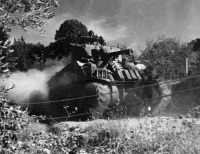 | Ordinary Kiwis.Italy 1945Frank Papprill of the 19th Armoured becomes an unexpected guest of Pope Pius XII. Frank relates how Padre Somerville (DSO) enlightened him how God helps those at War. He further describes an incident when he felt he needed this help most. |
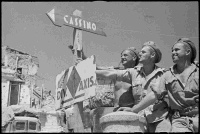 | Times Produce Events and Events Produce the Men.An Italian Odyssey.Stuart Hayton of Taranaki was like many New Zealanders wanting to join the army during the Second World War. He was very determined to get overseas; showing what lengths Kiwis would go to. As a member of the eleventh reinforcements Stuart saw service in Italy joining the 21st battalion going into action shortly after Cassino. Stuart Hayton wasn’t just an infantryman; he also served as an intelligence officer and was involved in the sensitive issue of Kiwi soldiers marrying Italian women. |
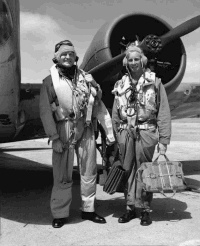 | V.I.P TreatmentFrom the Pacific to ArnhemDuring his time in the Pacific and the Middle East, Don Mackenzie escorted troopships, surveyed the Malaysian peninsula and survived the Japanese bombing of Ceylon. After being redeployed to the European theatre, Don landed, what he believed to be a ‘really cushy number’ flying V.I.P’s. From these experiences it is clear that danger was an ever-present reality, even in such supporting roles, and Don wasn’t guaranteed immunity from the potential harm in the skies over Europe. |
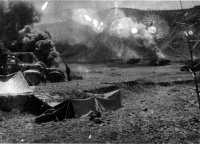 | Walking Wounded Only!Greece 1941When the New Zealand Government called for volunteers for the 1st Echelon on the 12th of September 1939, Arthur J was quick to respond. Arthur entered camp on the 3rd of October and trained to become part of the 6th field ambulance. In camp he was to learn the principals of military discipline that would be tested to the extreme during the evacuation of Greece in 1941. |
 | When You've Got a Job to do You Do It!From the Deserts of North Africa into the Mountains of Italy.At the outbreak of the Second World War, Lloyd Cross had already been in the army for 3 years. As an officer cadet he had been sent to Duntroon Military Academy, Australia. When war was declared Lloyd was shipped back to New Zealand and anticipated deployment overseas. The New Zealand military had other ideas and Lloyd found himself training the mass of volunteers that enlisted to fight. It would not be until 1941 that Lloyd would join up the 22nd Battalion and face Rommel in the Desert of North Africa. |